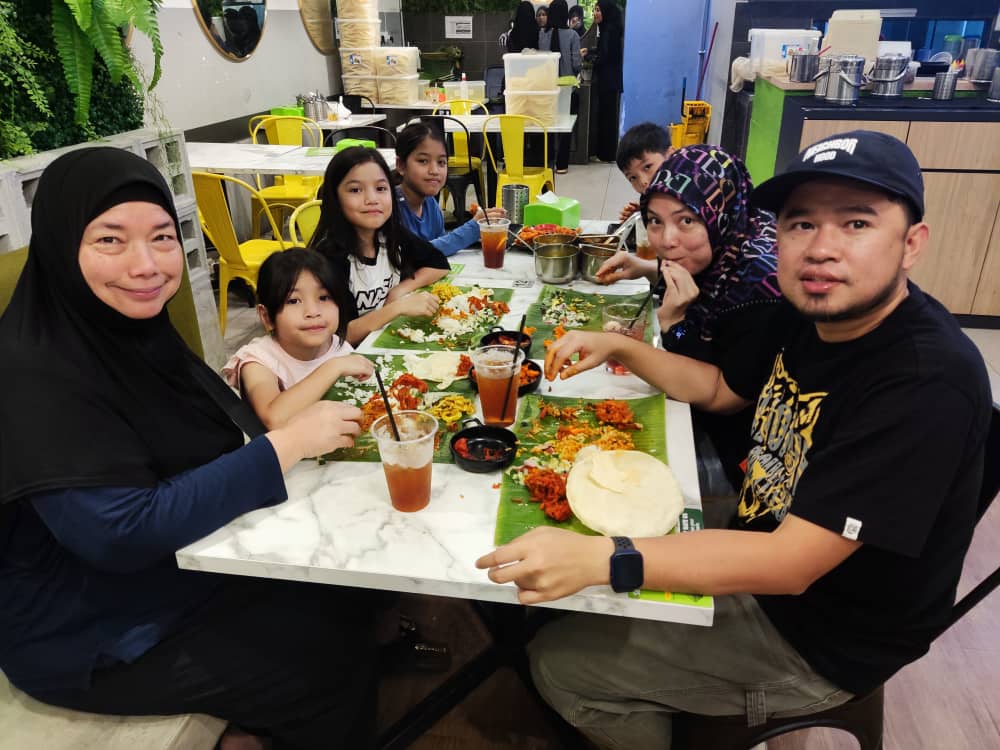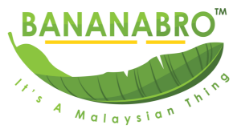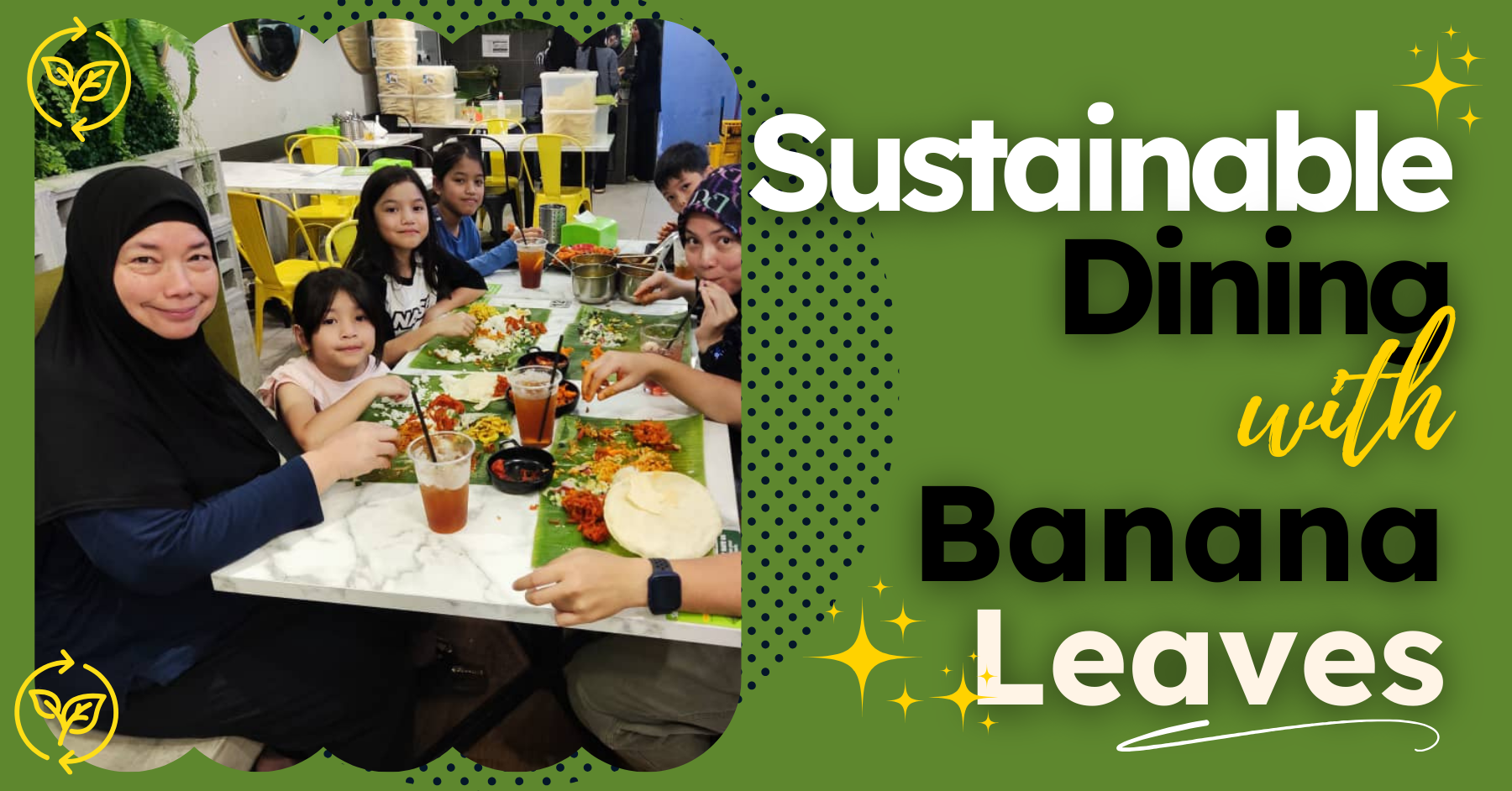There has been a growing interest in sustainable dining practices as people become more aware of the environmental impact of their food choices. This has led to a rise in the popularity of eco-friendly options, such as utilizing natural, biodegradable materials in food packaging and service.
One such sustainable option is the use of banana leaves in serving rice. This traditional practice is not only eco-friendly but also adds a unique and authentic touch to the dining experience. Banana leaves are abundant, renewable, and require minimal processing, making them an ideal choice for sustainable food service.
As we continue to seek out ways to reduce our impact on the environment, embracing the use of banana leaves in serving rice sets the stage for a journey into sustainable choices including the cultural significance. By exploring and incorporating such traditional and eco-friendly practices into our dining experiences, we can make both a delicious and environmentally conscious impact. So, let’s discover the beauty and benefits of banana leaf rice and join the movement towards sustainable dining.
The Environmental Impact of Banana Leaf Rice
Banana leaves are an excellent eco-friendly alternative to traditional serving methods, as they offer a range of sustainable characteristics. Banana leaves are biodegradable, meaning they can decompose naturally, resulting in minimal environmental impact. Choosing them for serving hot food, such as a banana leaf rice meal, allows us to avoid plastic waste and dispose of them without harming the environment.
Furthermore, banana leaves have a minimal environmental footprint due to their abundance and ease of cultivation. Banana plants, requiring minimal resources like water and organic fertilizer to grow, can sustainably source them. This contrasts sharply with single-use plastics or Styrofoam containers, which contribute significantly to pollution and environmental degradation.
Additionally, banana leaves being organic matter and a renewable resource. We can harvest them continuously without causing harm to the banana tree. This makes them a more sustainable option for serving food, as compared to disposable plastic or paper products.
In conclusion, the eco-friendly characteristics of banana leaves make them a sustainable alternative to traditional serving methods. Their biodegradability and minimal environmental footprint make them a favorable choice for those seeking to reduce their impact on the environment. By using banana leaves for serving food, we can contribute to a moderate carbon footprint, more sustainable and greener future.
Banana Leaves: Nature’s Sustainable Packaging
Banana leaves are a natural, renewable packaging material that offers various ecological benefits when used in the culinary world. These large, flexible leaves provide an eco-friendly alternative to traditional packaging materials, such as plastic and Styrofoam.
Using banana leaves as packaging contributes to sustainable practices by reducing negative impact such as the use of non-biodegradable materials and minimizing environmental pollution. Unlike synthetic packaging, eco-conscious businesses and consumers can easily decompose banana leaves, making them an excellent biodegradable choice.
In addition, the use of banana leaf products helps to promote the preservation of natural resources. As a renewable and abundant resource, banana leaves can be harvested without causing harm to the environment, unlike other forms of packaging material that require the depletion of non-renewable resources.
Furthermore, incorporating banana leaf packaging into the culinary world supports local economies and traditional practices, as banana leaves are commonly sourced from small-scale, sustainable farms. By utilizing this natural material, businesses can contribute to the preservation of biodiversity and the protection of valuable ecosystems.
Overall, the use of banana leaves as packaging aligns with sustainable values and offers an environmentally friendly solution for the culinary industry.
Sustainable Dining Practices in Banana Leaf Cuisine
It is a sustainable dining practices because we are using banana leaves as plates. Hence, are not only biodegradable but also help in reducing the carbon footprint. Beyond just the use of banana leaves, ethical considerations in sustainable dining practices include sourcing ingredients from local and ethical suppliers, and ensuring fair labor practices for all involved in the production process. This ensures that the entire supply chain is ethical and sustainable.
In terms of solid waste reduction, banana leaf cuisine significantly reduces the generation of plastic and paper waste that is common in traditional dining practices. Additionally, the use of agricultural waste from banana leaves and other food scraps for composting can further minimize the environmental impact.
The community impact of sustainable dining practices in banana leaf cuisine is also significant. By supporting local farmers and suppliers, the community is empowered and local economies are strengthened. Furthermore, as sustainable dining practices gain popularity, it encourages other restaurants and individuals to adopt similar practices, leading to a wider positive impact on the community.
Overall, sustainable dining practices associated with banana leaf cuisine not only contribute to environmental conservation and waste reduction but also have a positive impact on local communities and economies.
BananaBro’s Green Initiatives

At BananaBro, we are committed to sustainable dining and preserving the environment for future generations. We believe in making a positive impact on the planet by implementing eco-friendly practices by using banana leaves instead of plates in serving our menu.
One of our key initiatives is our focus on utilizing locally sourced banana leaves and ingredients to reduce carbon emissions from transportation and support local farmers and producers. By minimizing the distance our ingredients travel, we are able to reduce our environmental footprint and contribute to the local economy.
Furthermore, we are dedicated to educating our staff and customers about the importance of sustainable dining practices and the benefits of making eco-friendly choices. Through these efforts, we aim to not only provide delicious and healthy meals but also to contribute to a healthier and more sustainable planet. Thank you for supporting our commitment to sustainable dining at BananaBro.
Reducing Carbon Footprint with Banana Leaves
Choosing banana leaves for serving rice can contribute to moderate carbon footprint associated with food consumption in several ways. First, banana leaves are a sustainable and biodegradable alternative to disposable plastic or Styrofoam plates. By using banana leaves, we eliminate the need for manufacturing and disposing of single-use plastic, which significantly reduces carbon emissions from the production and breakdown of these materials.
Furthermore, banana leaves are readily available in many tropical regions, and using them for serving rice reduces the demand for conventional plates and utensils made from non-renewable resources. This sustainable choice helps preserve natural resources and promotes a circular economy, which minimizes the environmental impact of food consumption.
In addition, banana leaves are a byproduct of banana cultivation and can be locally sourced, which reduces the carbon emissions associated with transportation and distribution. By utilizing this readily available and renewable resource for serving rice, we can decrease the overall carbon footprint of our meals.
Overall, choosing banana leaves for serving rice provides a sustainable and environmentally friendly alternative that contributes to reducing carbon emissions and promoting a more eco-friendly approach to food consumption.
Conclusion
In conclusion, opting for banana leaves as a sustainable alternative for dining is a significant step towards reducing our environmental impact. Embracing eco-friendly choices in our culinary adventures not only promotes sustainability but also supports local communities and reduces waste.
BananaBro stands out as a leading example, advocating for sustainability in banana leaf cuisine. Our commitment to using banana leaves as a eco-friendly alternative for serving food sets a positive example for other restaurants and individuals to follow. By choosing banana leaf dining, we can all contribute to a greener and more sustainable future. Let’s continue to make conscious choices and support businesses like BananaBro in their efforts to champion sustainability in the dining industry.

